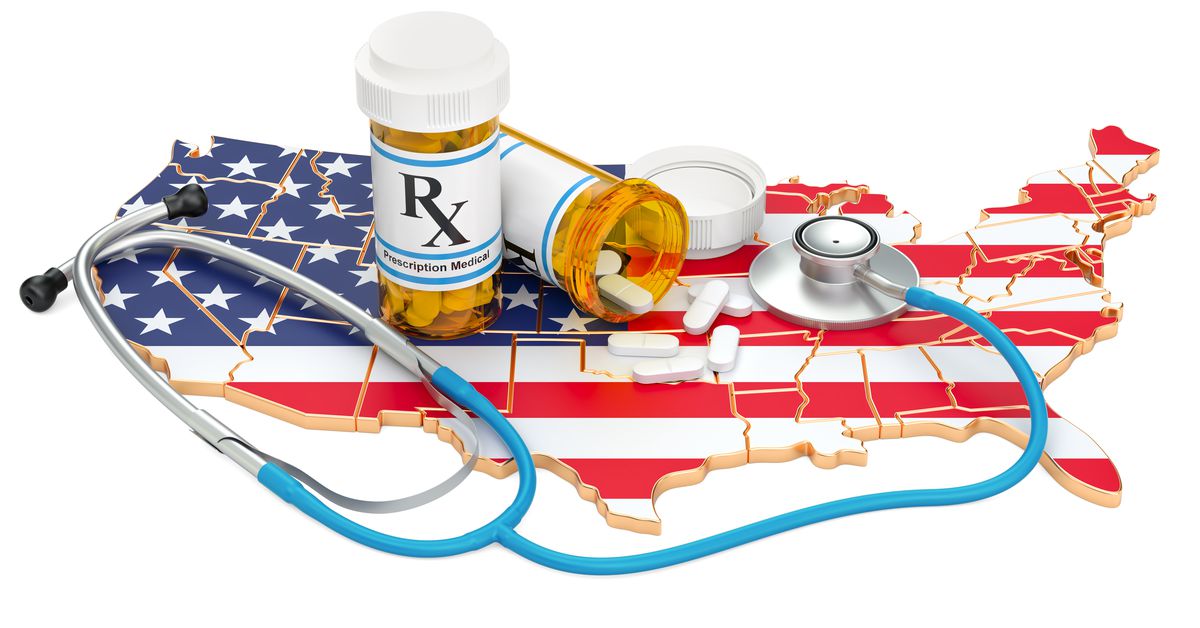- cross-posted to:
- news
- cross-posted to:
- news
Ten states have uninsured rates below 5 percent. What are they doing right?
Universal health care remains an unrealized dream for the United States. But in some parts of the country, the dream has drawn closer to a reality in the 13 years since the Affordable Care Act passed.
Overall, the number of uninsured Americans has fallen from 46.5 million in 2010, the year President Barack Obama signed his signature health care law, to about 26 million today. The US health system still has plenty of flaws — beyond the 8 percent of the population who are uninsured, far higher than in peer countries, many of the people who technically have health insurance still find it difficult to cover their share of their medical bills. Nevertheless, more people enjoy some financial protection against health care expenses than in any previous period in US history.



My definition of Universal Healthcare and this new narrative of it meaning “as long as a person has insurance” are not the same. Health Insurance in the United States is either tied to your job or you pay out of pocket for it and that can be more than a house payment every month. Let’s also not forget about deductibles, copays, and max out of pocket before insurance will even kick in for their 70% to 80%.
Exactly.
Health insurance =/= health care
If someone has to spend $5000 on health care before seeing any benefit from insurance, then they probably don’t have decent health care. They have protection against catastrophic health problems, but not much else.